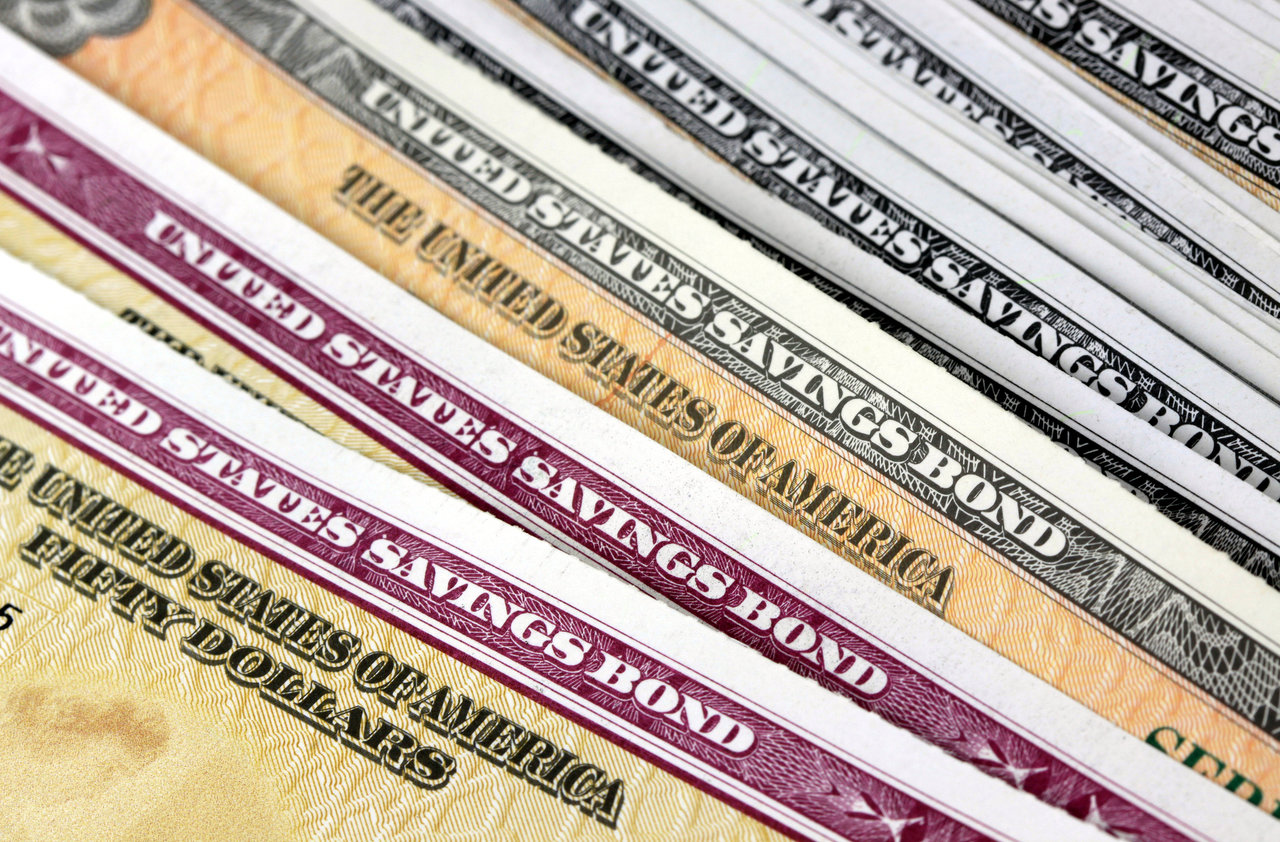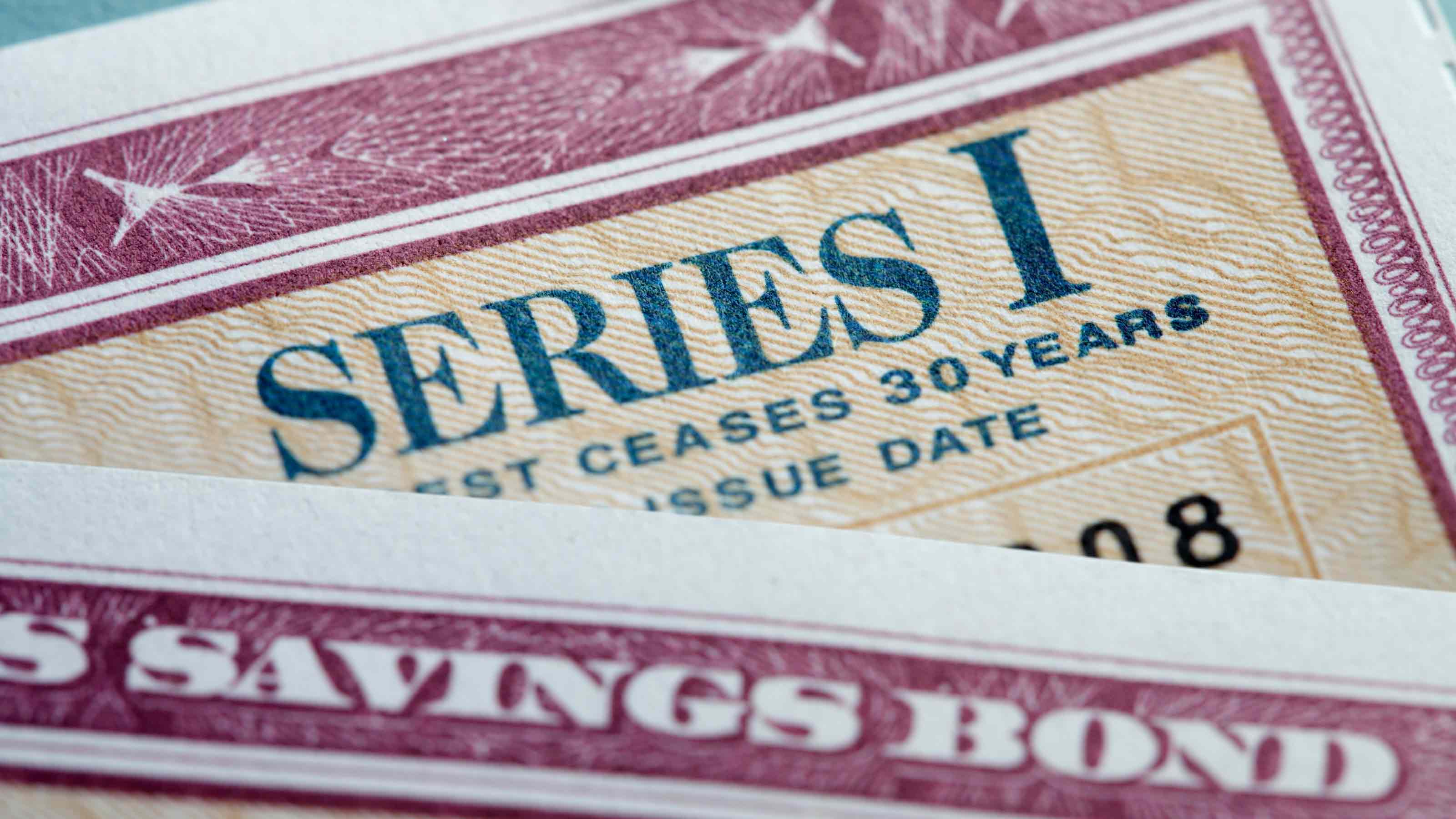Cash in These Savings Bonds That Have Stopped Earning Interest
Most savings bonds earn interest for 20 or 30 years. Here’s how to identify them so you can invest the money elsewhere.


I have some old savings bonds my parents gave me shortly after I was born. How can I find out if they’ve stopped earning interest?
Most savings bonds earn interest for 20 or 30 years. After that, they should be cashed in so you can invest the money elsewhere. If you have old E bonds or H bonds, they’ve all stopped earning interest—the last E bonds were issued in 1980 and the last H bonds were issued in 1979. EE bonds earn interest for 30 years, so any of those bonds purchased from the time they were introduced in January 1980 through July 1986 have stopped earning interest. HH bonds earn interest for 20 years, so any of those bonds purchased from January 1980 through July 1996 have stopped earning interest. I bonds, which were introduced in 1998, earn interest for 30 years.
For a list of savings bonds that have stopped earning interest, see the list at TreasuryDirect.gov. You can also use the Treasury Department’s Treasury Hunt tool to check on the status of Series E savings bonds issued in 1974 and later, and for all Series EE bonds. If you provide your Social Security number, the tool will let you know whether there are savings bonds issued in your name that are no longer earning interest. You’ll see instructions for cashing in the bond if it’s in your possession, or steps to take to file a claim if you have lost the bond.

Sign up for Kiplinger’s Free E-Newsletters
Profit and prosper with the best of expert advice on investing, taxes, retirement, personal finance and more - straight to your e-mail.
Profit and prosper with the best of expert advice - straight to your e-mail.
For more information about savings bonds, see Bond Basics: U.S. Savings Bonds. For more information about cashing in paper savings bonds or converting them to electronic form, see How to Cash In Savings Bonds.
Get Kiplinger Today newsletter — free
Profit and prosper with the best of Kiplinger's advice on investing, taxes, retirement, personal finance and much more. Delivered daily. Enter your email in the box and click Sign Me Up.

As the "Ask Kim" columnist for Kiplinger's Personal Finance, Lankford receives hundreds of personal finance questions from readers every month. She is the author of Rescue Your Financial Life (McGraw-Hill, 2003), The Insurance Maze: How You Can Save Money on Insurance -- and Still Get the Coverage You Need (Kaplan, 2006), Kiplinger's Ask Kim for Money Smart Solutions (Kaplan, 2007) and The Kiplinger/BBB Personal Finance Guide for Military Families. She is frequently featured as a financial expert on television and radio, including NBC's Today Show, CNN, CNBC and National Public Radio.
-
 Fired Up By the Masters and RBC Heritage? See These Homes for Sale By Golf Courses
Fired Up By the Masters and RBC Heritage? See These Homes for Sale By Golf CoursesFive homes for sale near golf courses, for people who can't get enough of the tour.
By Alexandra Svokos
-
 The Economic Impact of the US-China Trade War
The Economic Impact of the US-China Trade WarThe Letter The US-China trade war will impact US consumers and business. The decoupling process could be messy.
By David Payne
-
 How Are I Bonds Taxed? Nine Common Situations
How Are I Bonds Taxed? Nine Common SituationsBonds Series I bonds are a popular investment that can help you save on taxes, but the federal income tax consequences can be complex.
By Joy Taylor
-
 Bond Basics: U.S. Savings Bonds
Bond Basics: U.S. Savings Bondsinvesting U.S. savings bonds are a tax-advantaged way to save for higher education.
By Donna LeValley
-
 Short-Term Investments to Protect Against Inflation and Market Volatility
Short-Term Investments to Protect Against Inflation and Market VolatilityRates on Series I savings bonds, T-bills and fixed annuities are all above historical averages and could serve investors well during turbulent times like these.
By Bradley Rosen
-
 What Are I-Bonds? Inflation Made Them Popular. What Now?
What Are I-Bonds? Inflation Made Them Popular. What Now?savings bonds Inflation has made Series I savings bonds, known as I-bonds, enormously popular with risk-averse investors. So how do they work?
By Lisa Gerstner
-
 PODCAST: Changes Coming to Flood Insurance with Laura Lightbody
PODCAST: Changes Coming to Flood Insurance with Laura LightbodyBecoming a Homeowner The National Flood Insurance Program is getting an overhaul that could send your rates up (or down). We dig into what's changing with this coverage that many have—and many more need. Also, a bond that pays over 7 percent, for now.
By David Muhlbaum
-
 What Grandparents Need to Know About Using Savings Bonds for a Grandchild’s Education
What Grandparents Need to Know About Using Savings Bonds for a Grandchild’s EducationTax Breaks It’s not easy, but grandparents can avoid a tax bill when redeeming savings bonds to pay for a grandchild’s college costs.
By Lisa Gerstner
-
 How to Add Treasury Bonds, Bills and Notes to an IRA
How to Add Treasury Bonds, Bills and Notes to an IRAinvesting If you are wondering how to add Treasury bills, bonds and notes to an IRA, there are ways to do so.
By Lisa Gerstner
-
 Credit Report Error? They All Matter
Credit Report Error? They All Mattercredit & debt Don't dismiss a minor error. It could be the sign of something more serious.
By Kimberly Lankford